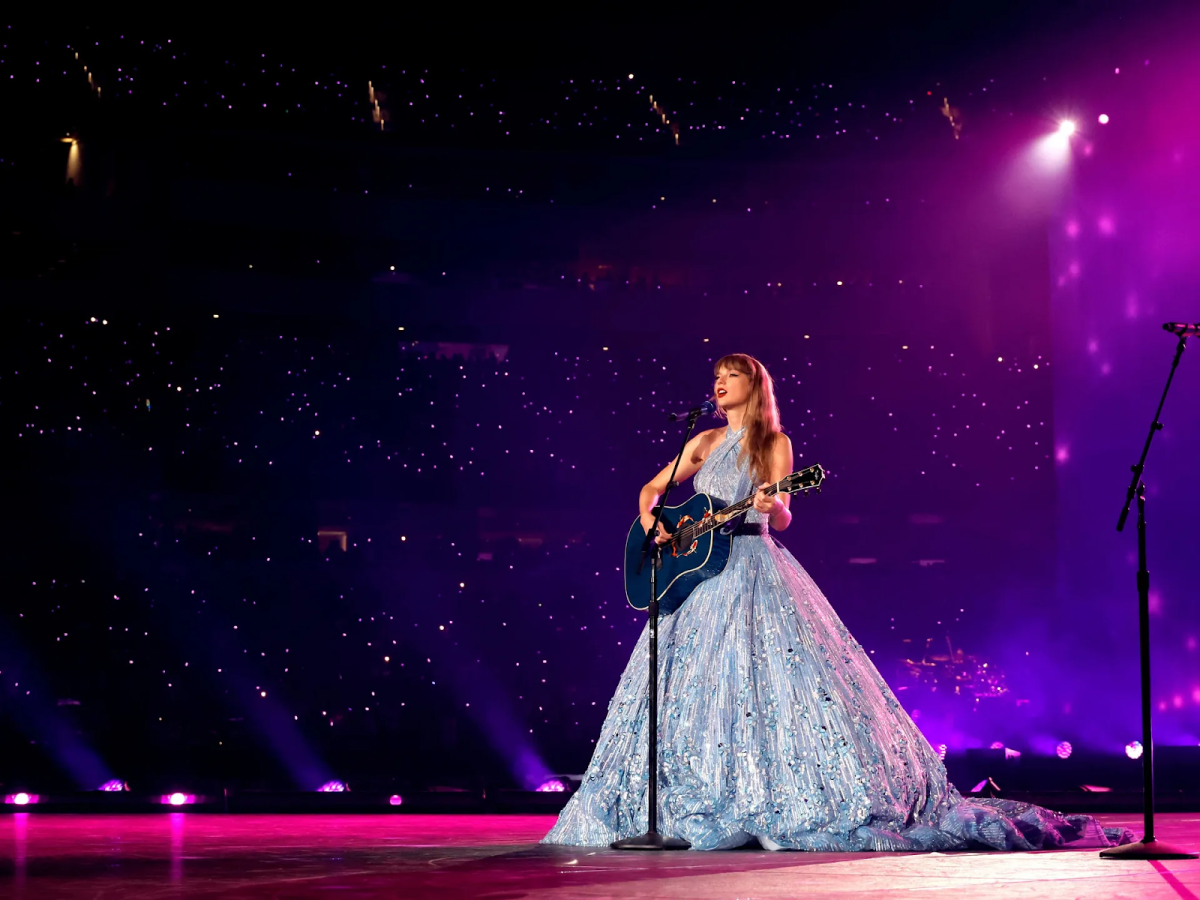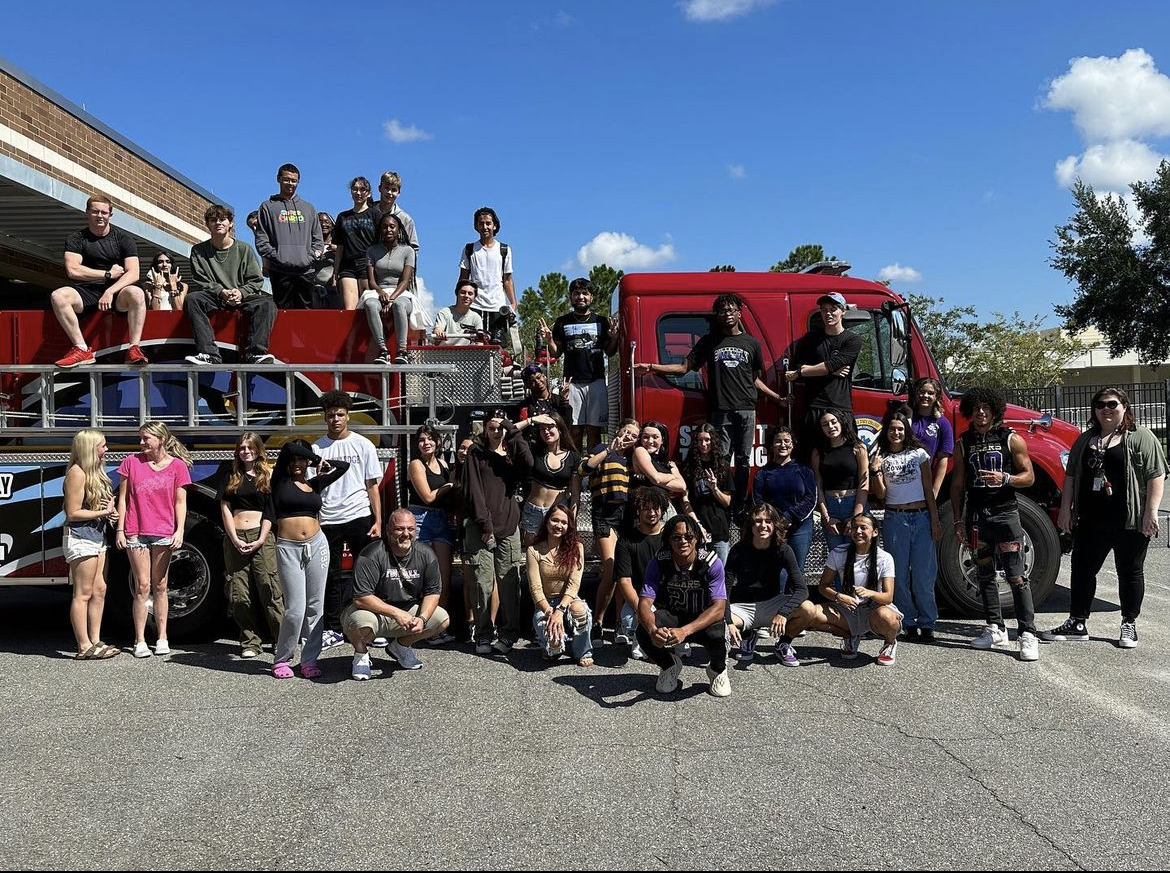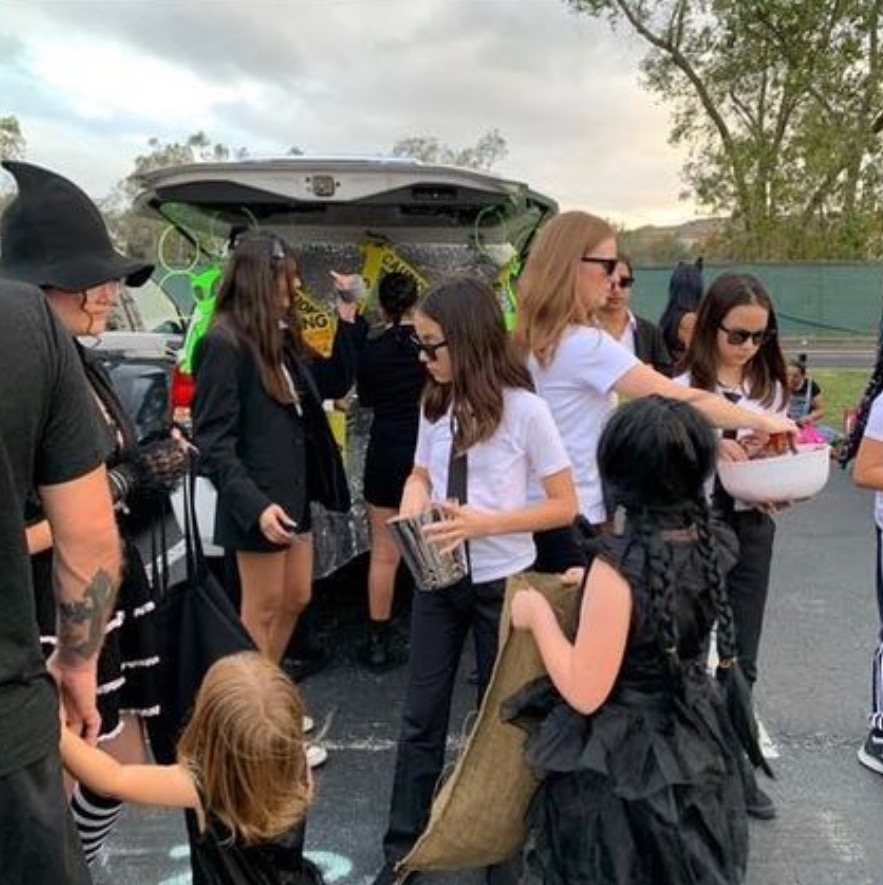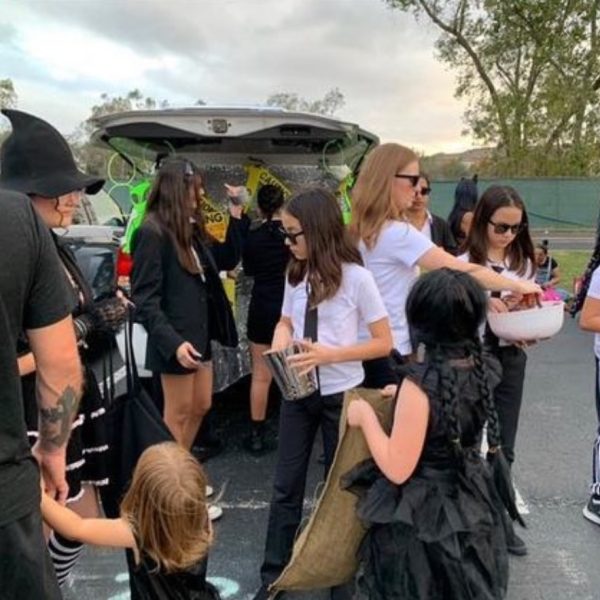Homecoming: The history of tradition
November 18, 2019
This story was originally published in the second issue of The Bear Truth (November 14, 2019).
In schools across our nation, homecoming is an event that almost always takes center stage. The football games, the pageantry, the excitement of the dance. Have you ever wondered how it all came about? Where it got its name from? Or the traditions that Homecoming embodies?
Homecoming, not to be confused with prom, started way back in the 20th century, 1911 to be exact. The University of Missouri has held the title of being the first to start this tradition. Many say it was a battle for the ages, Missouri Tigers and Kansas Jayhawks. For 20 years these two teams battled on neutral grounds. That until a new conference regulation that changed everything. For the first time, they would play on a college campus, Missouri’s campus to be exact. Both the Coach and the Director of the college wanted good attendance to the game so they decided to invite all the alumni to “come home” Needless to say, the game ended in a tie. About 10,000 people celebrated that day with a parade, spirit rally, and a bonfire.
Homecoming reflects the value of our schools and its community. Homecoming also welcomes back it’s alumni, giving them a chance to visit the campus from which they came. The purpose of the alumni coming back to their old campus is so that they talk to their friends and teachers who they probably haven’t seen in years, so this gives them the chance to catch up and remember the times they shared throughout their high school years together.
Furthermore, homecoming is usually a week-long tradition which includes Spirit Week, Pep Rallys, Parades and of course ending it with the football game and a dance the day after. Homecoming shows pride in ourselves, in our school community, and our accomplishments as a whole.


















